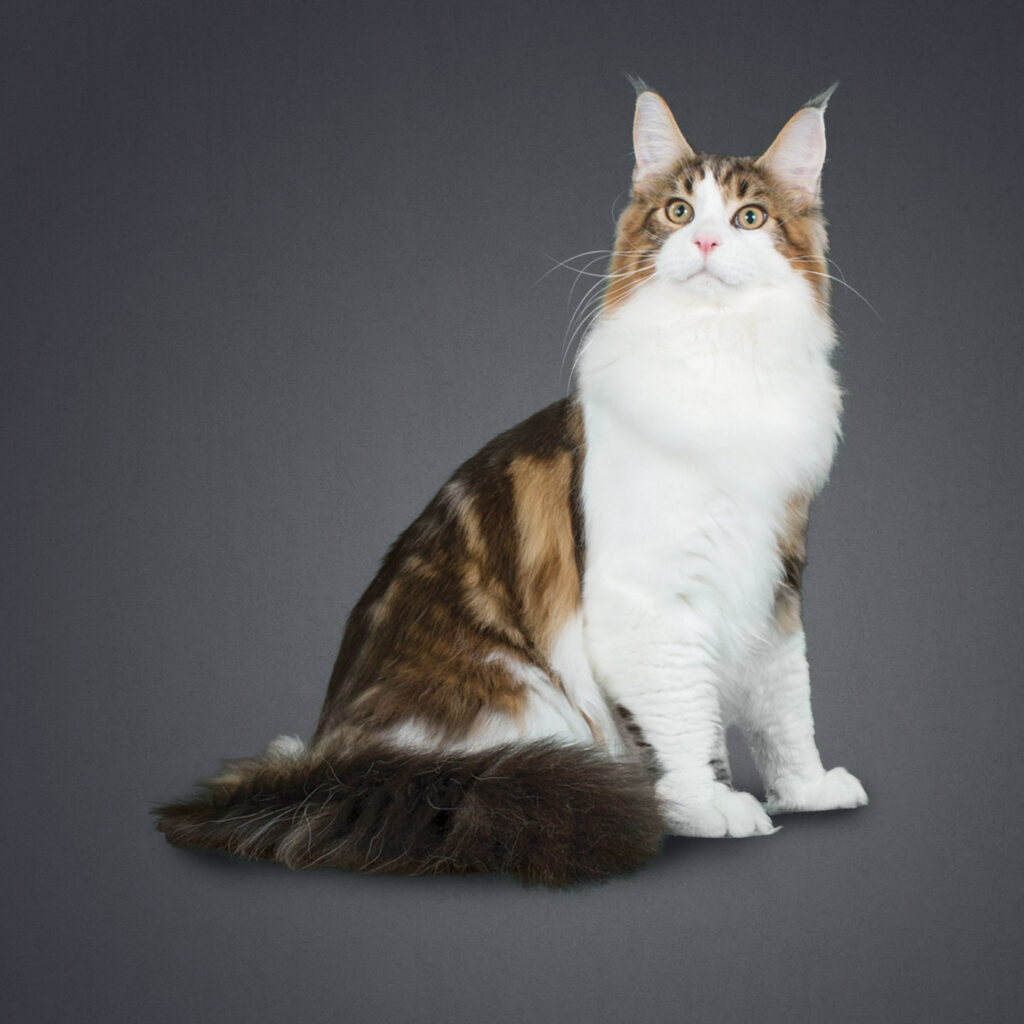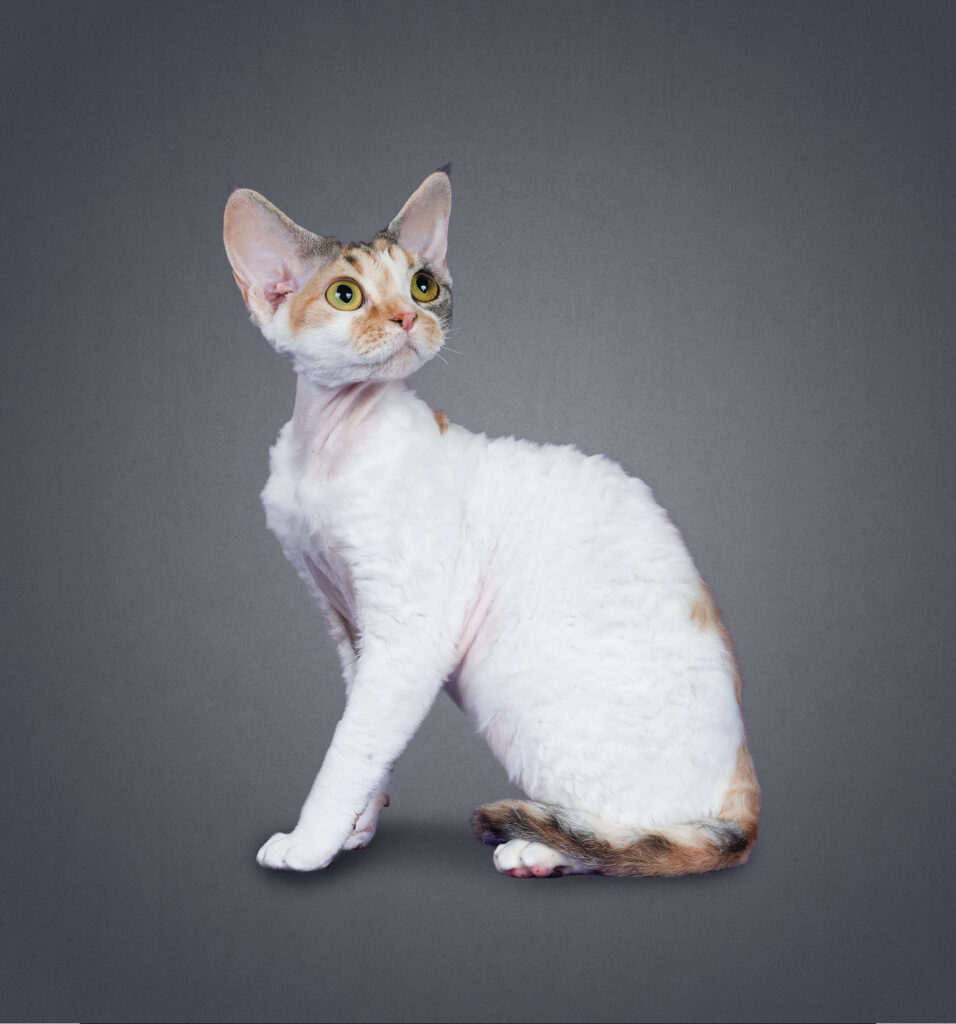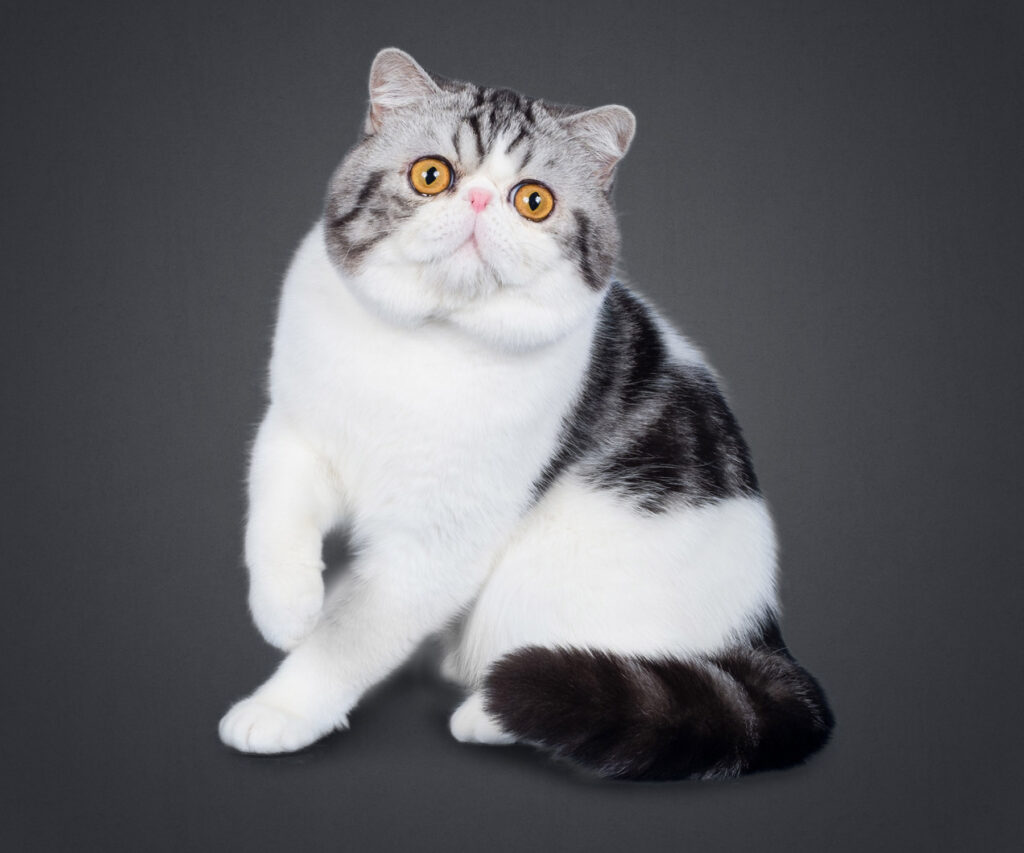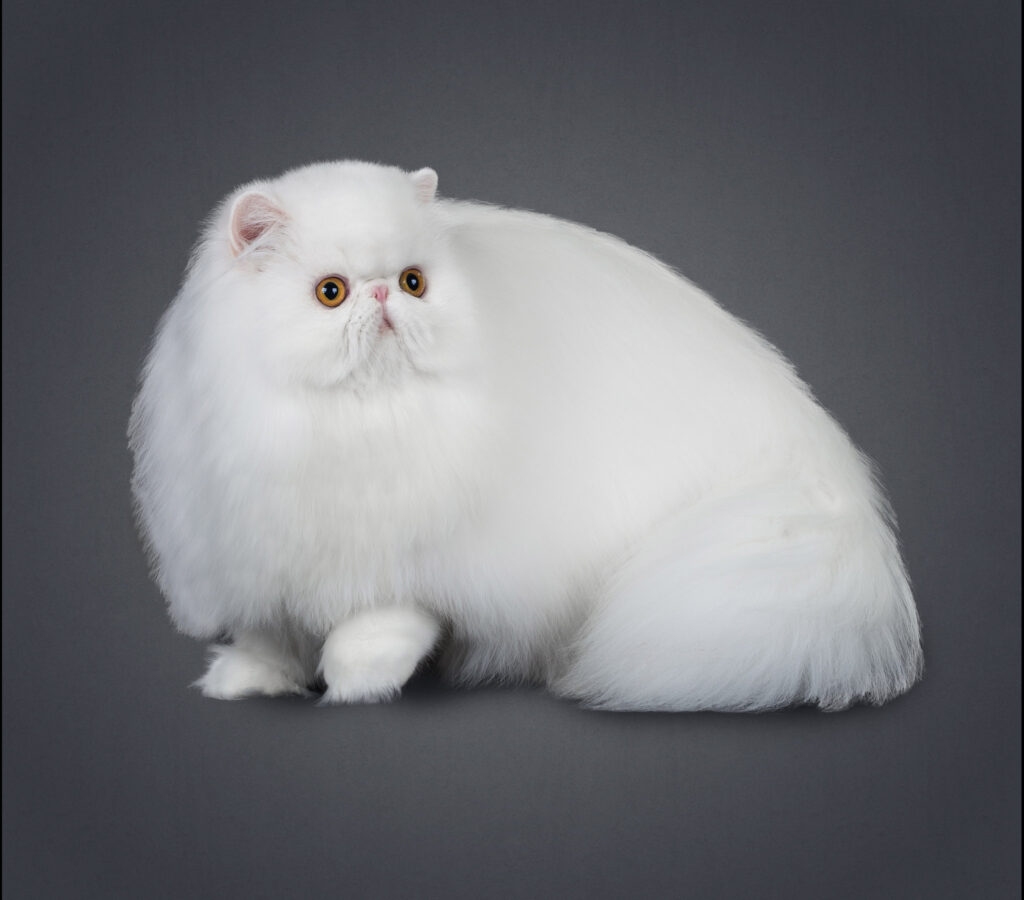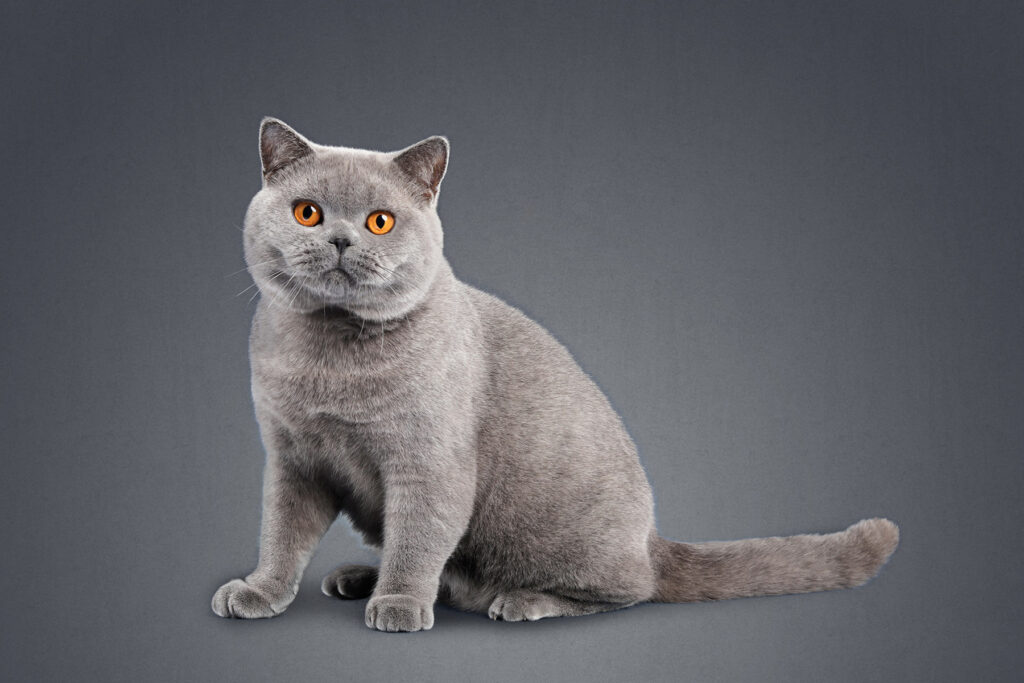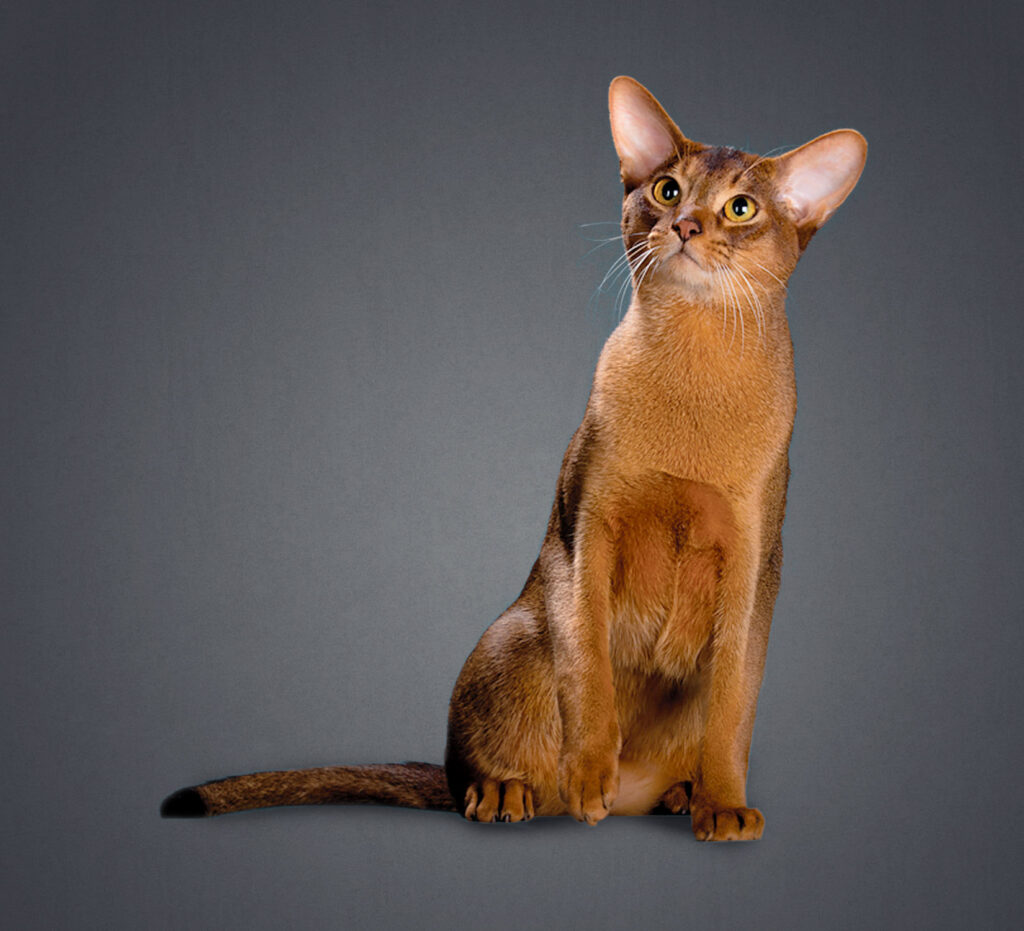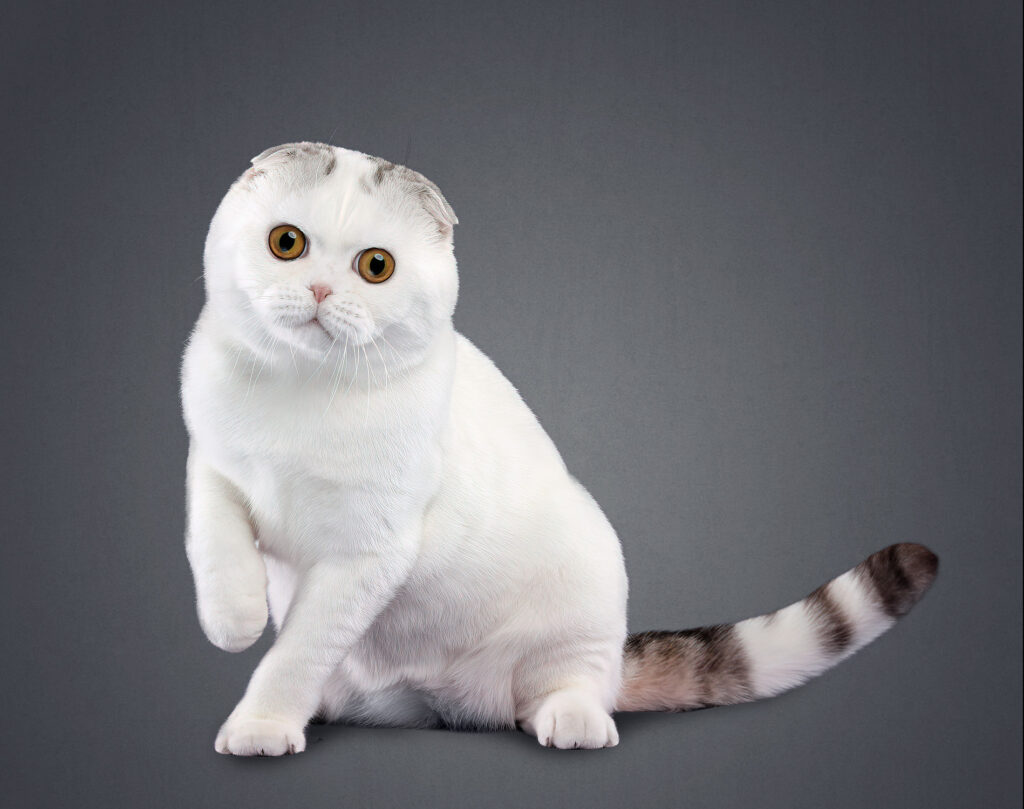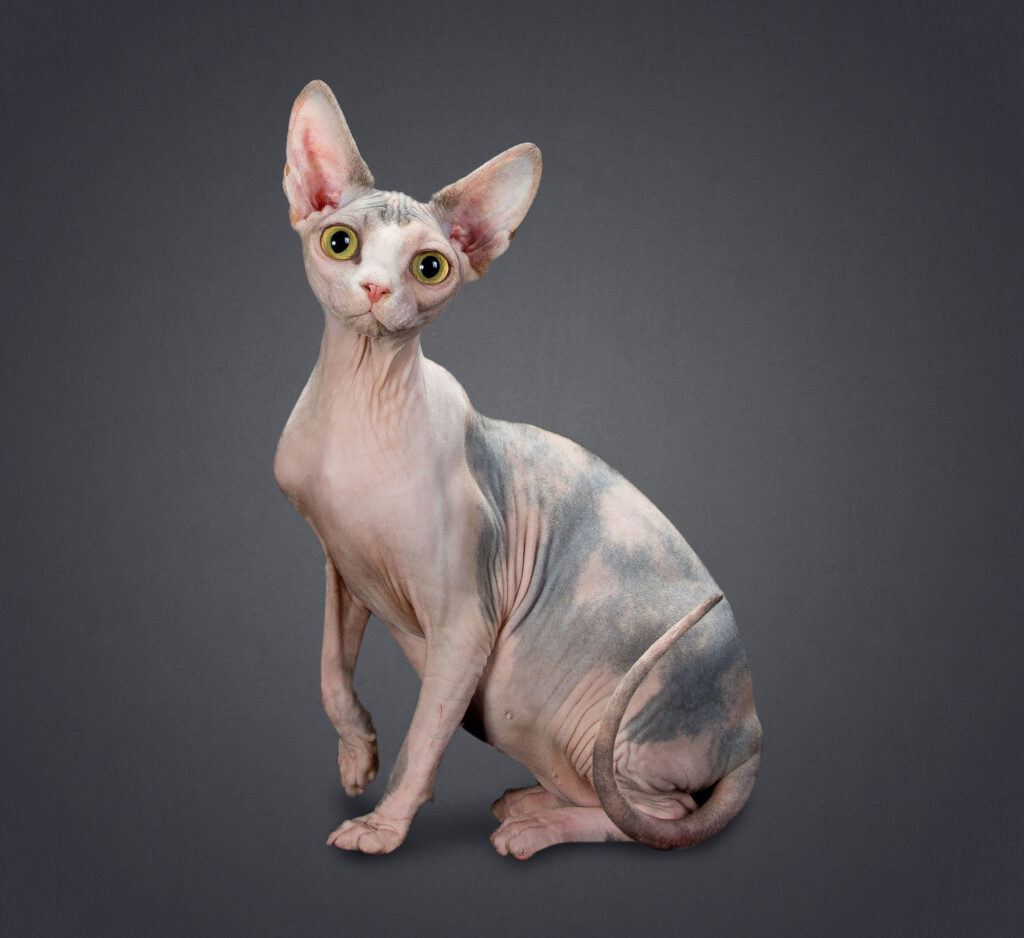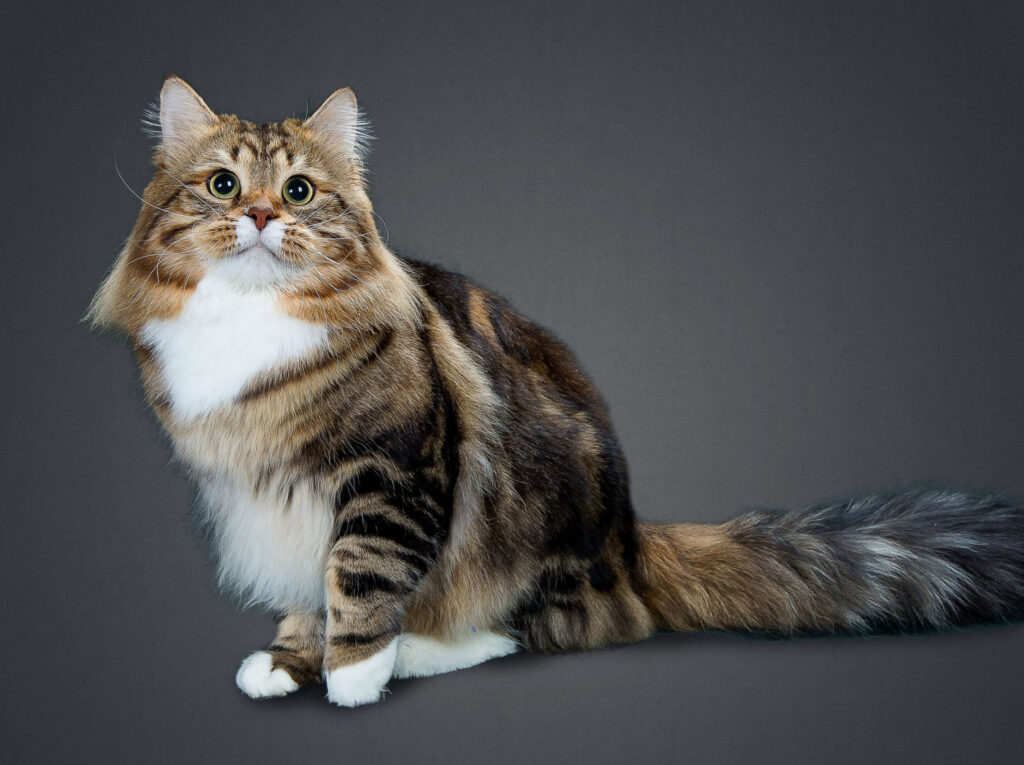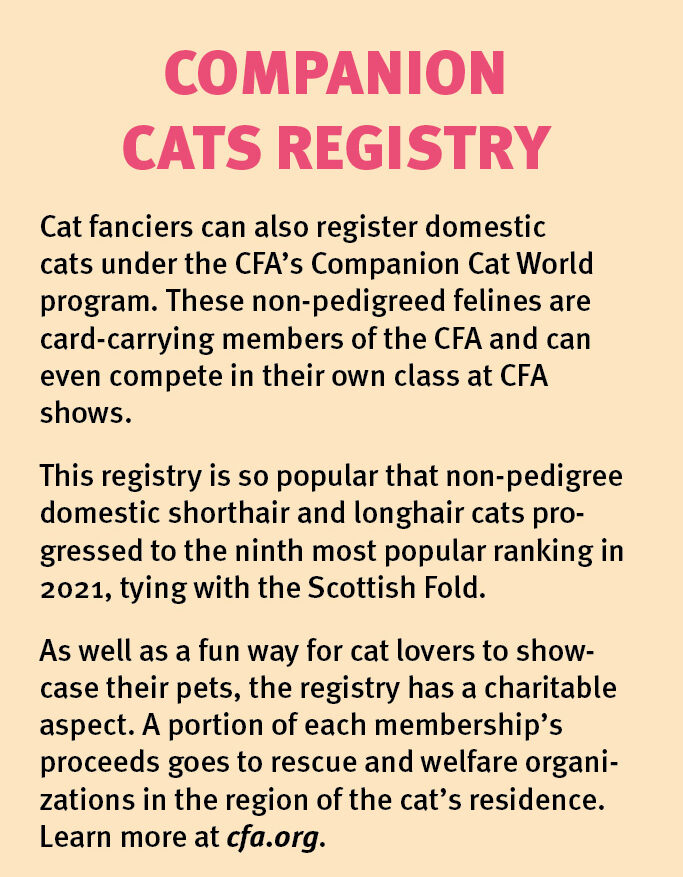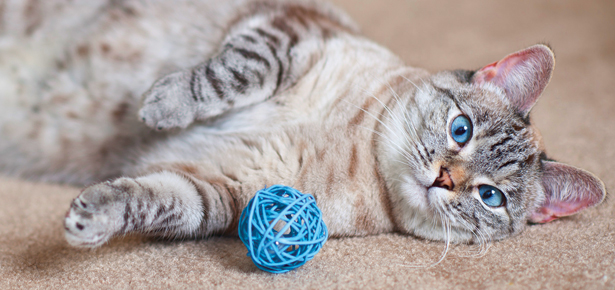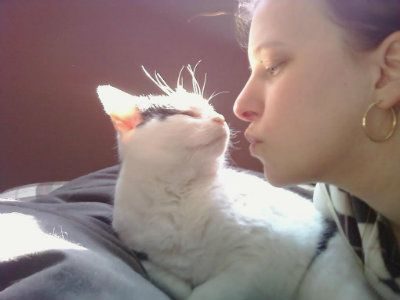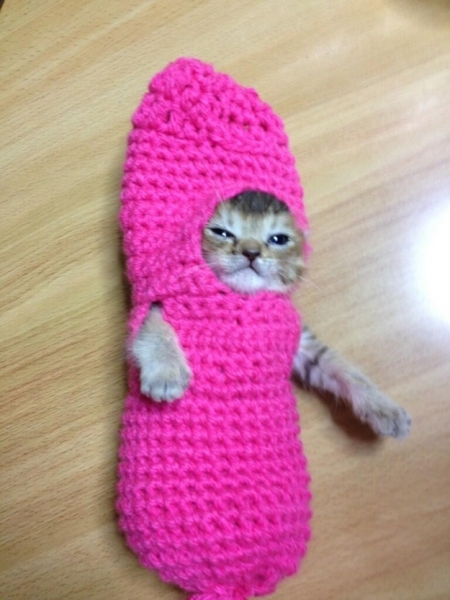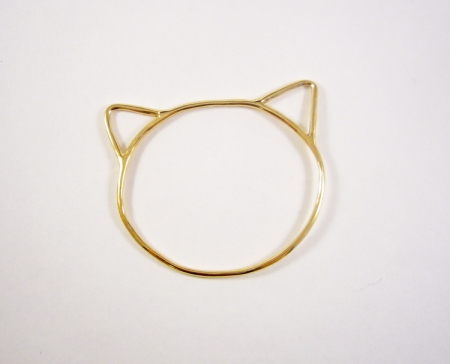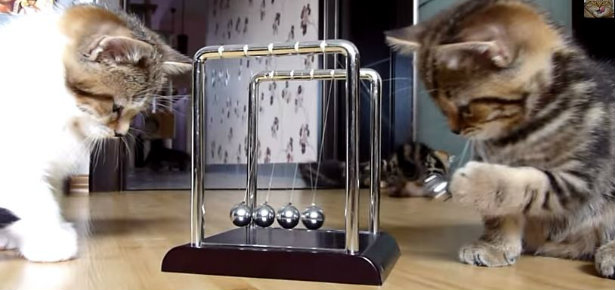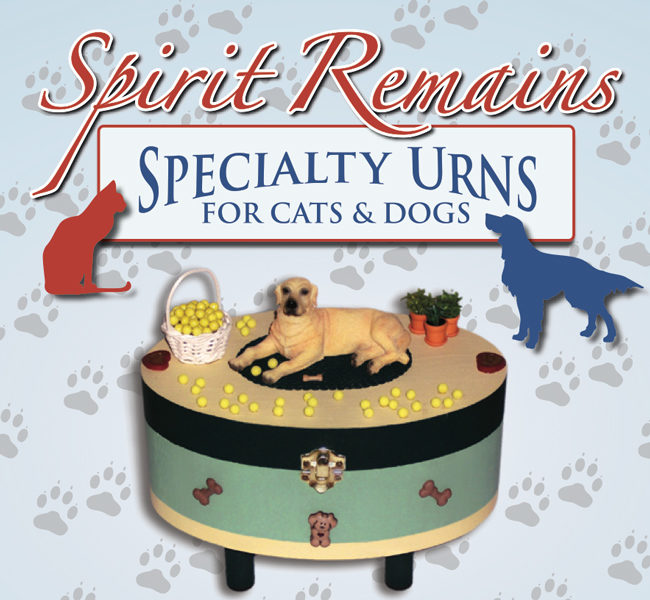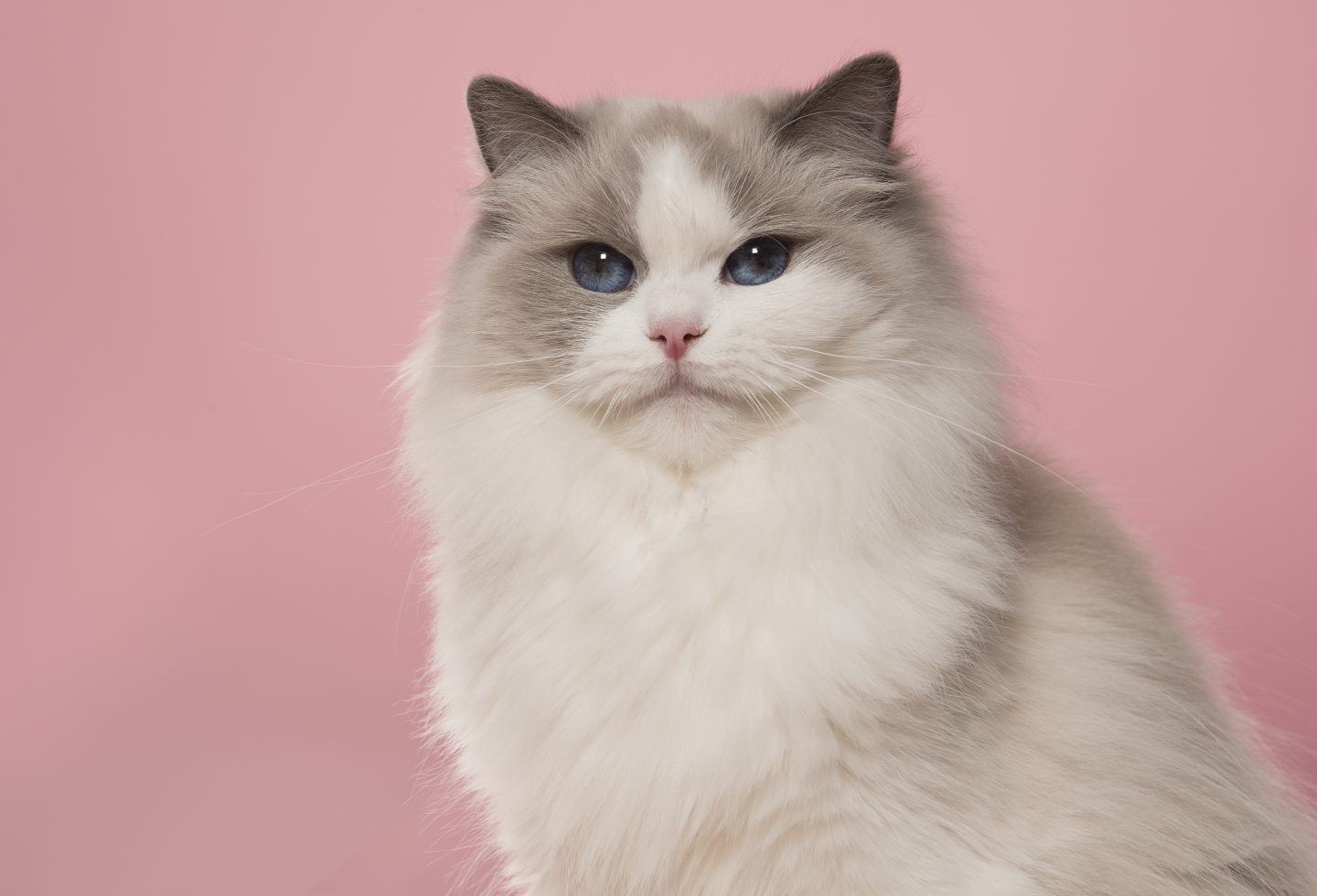
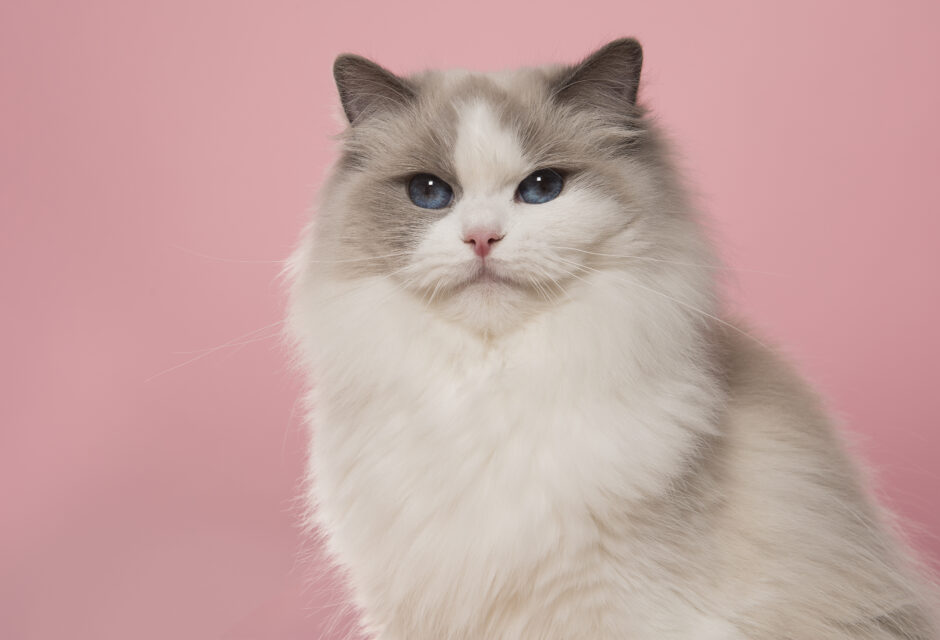
The Top 10 Cat Breeds
Get to know the most popular pedigreed cats!
Founded in 1906, the Cat Fanciers’ Association (CFA) currently recognizes 45 unique cat breeds. From the Ragdoll to the Devon Rex, meet the most popular cats, according to their current registration numbers!
No.1 most popular cat: The Ragdoll
A sizable cat with a long, soft coat, the Ragdoll was developed in California during the 1960s by Ann Baker. She had a white domestic long-haired cat of Persian descent named Josephine. Baker bred her with Burmese-style cats—one of whom had Siamese point colouring. Josephine’s kittens were calm, affectionate, and tended to go limp when picked up. Baker dubbed her new breed the Ragdoll and introduced more Burmese-like cats into her lines until she was satisfied with the breed’s type. The Ragdoll was recognized by the CFA in 1998.
Ragdoll Size and Appearance: A large cat, Ragdoll females weigh 15 pounds on average, while males are closer to 20. The breed comes in three coat patterns, but all share those beautiful blue eyes.
Ragdoll Trademark Characteristics: Ragdolls have upside-down V-shaped markings on their foreheads and round blue eyes.
Funny Habits and Quirks: Often described as dog-like, Ragdolls like to follow their people around and are easygoing with other pets. They’re happy to be handled and—as the name indicates—most tend to go limp when picked up.
No.2 most popular cat: The Maine Coon
Known as the gentle giant of the cat world, the Maine Coon is the largest pedigreed cat breed. Though this beautiful, shaggy-coated cat wasn’t recognized by the CFA until 1976, it was developed in the United States all the way back in the 1800s. It’s likely that explorers and early trade merchants who came to the States left behind their cats, who then likely bred to native North American cats.
Maine Coon Size and Appearance: The Maine Coon is the largest of all pedigreed cats. Maine Coons are tall, can be as long as 40 inches, and weigh between 10 and 25 pounds. The glorious, silky coat comes in a variety of colours and patterns.
Maine Coon Trademark Characteristics: This is a very sweet-tempered and loving cat. The Maine Coon’s kitten-like, playful personality doesn’t go away as they mature.
Maine Coon Funny Habits and Quirks: Unlike most cats, the Maine Coon has a reputation for enjoying the water.
No.3 most popular cat: The Devon Rex
This pixie-like cat was developed in the late 1950s and 1960s by a woman named Beryl Cox near Devon, England. She had a curly-coated kitten and decided to try to create a breed with a soft, wavy coat, large expressive eyes, and large, almost bat-like ears. The result was the Devon Rex, later recognized by the CFA in 1983.
Devon Rex Size and Appearance: The dainty Devon Rex is fairly small, typically weighing less than eight pounds. The head is shaped like a triangle and is offset by very large eyes and ears.
Devon Rex Trademark Characteristics: This cat’s coat is very fragile and should be rubbed gently with a cloth—not brushed. The whiskers are often so short and curly that it looks as though they’re lacking them.
Devon Rex Funny Habits and Quirks: This is a playful and athletic breed that is capable of remarkable jumps. A kitty condo for this climber is highly recommended. The Devon Rex is a heat seeker, often moving throughout the day to chase the sun for cat naps.
No.4 most popular cat: The Exotic Shorthair
The Exotic was developed in the 1950s and recognized by the CFA in 1967. The goal was to create a shorter-coated version of the Persian cat. Persians were bred with American Shorthairs, Russian Blues, and Burmese cats. The result of these efforts was the Exotic, whose personality, flat nose, and face are similar to those of the Persian, but whose coat is short, dense, and considerably easier to maintain.
Exotic Shorthair Size and Appearance: This is a medium-sized, heavily-boned and low-to-the-ground cat who weighs between 10 to 12 pounds. The head is large and round with full cheeks. The Exotic has become so popular at cat shows that divisions had to be created based upon colour and patterns.
Exotic Shorthair Trademark Characteristics: The Exotic’s eye colour corresponds to that of the coat. They have the calm and loving personality of a Persian but are much feistier cats. Their energy level is more akin to the American Shorthair.
Exotics are one of the most affectionate cat breeds. They like to be a part of the action and are known for their habit of following their people from room to room.
No.5 most popular cat: The Persian
This ancient breed is best known for its luxurious coat, expressive face, and loving personality. The exact origins of the Persian are a mystery, but the breed was clearly named for its origin in the Persian empire, a region that once covered a vast portion of the Middle East. Hieroglyphic records dating back to 1684 BC show just how ancient this cat is. The breed was introduced to Europe in the 1600s and to North America in the 19th century, where fanciers worked to perfect the breed’s type and temperament. The Persian was recognized by the CFA in 1906.
Persian Size and Appearance: The Persian is a medium-sized cat with a round head, small ears, large eyes, and a glorious long coat. He weighs between seven and 12 pounds and stands between 10 and 15 inches tall.
Persian Trademark Characteristics: This elegant cat is a beauty—and knows it. That luxurious coat is central to the Persian’s regal demeanor and requires daily brushing. But that’s okay—the Persian is happiest when on the lap of someone lavishing them with attention.
Persian Funny Habits and Quirks: A very cuddly cat, the Persian tends to stay close. This is the consummate lap-cat, patiently waiting for their person to sit down so they can take their rightful place on their lap.
No.6 most popular cat: The British Shorthair
Evidence suggests that the British Shorthair is one of the most ancient cat breeds, dating back to the first century AD. It’s said that Romans brought cats to England to ensure that bugs, snakes, and rodents were taken care of. Over the centuries, the breed was developed in England and made its first show ring appearance in 1871.
In the early 1900s, the breed was at risk, owing to the surge in popularity of long-haired breeds, most notably the Persian. But fanciers continued to breed and ensure that health and temperament were sound. Everything old becomes new again though, and in time this gentle cat’s popularity returned. This breed was recognized in 1980.
British Shorthair Size and Appearance: The British Shorthair is a rather substantial cat, with a large round head, a broad chest, and heavily boned legs. They weigh between seven and 17 pounds.
British Shorhair Trademark Characteristics: Their dense and velvety-soft coat is a showstopper. While the blue shade is by far the most popular, the British Shorthair’s coat comes in many other colours.
British Shorthair Funny Habits and Quirks: A lap cat this is not. The British Shorthair is an easygoing cat that enjoys being with people but doesn’t enjoy being picked up and isn’t often found curled up on their person’s lap.
No.7 most popular cat: The Abyssinian
Recognized in 1906, the Abyssinian was one of the CFA’s foundation breeds. This is considered one of the most ancient cat breeds, dating back to ancient Egypt many thousands of years ago. The Abyssinian is an agile and athletic cat with a unique ticked coat that’s a genetic variant of the tabby pattern.
Abyssinian Size and Appearance: The Abyssinian is the supermodel of the cat world: long, lean, and impossibly beautiful. The head is slightly wedge-shaped and those almond-shaped eyes come in several colours.
Abyssinian Trademark Characteristics: The Aby’s eyes are beautiful and expressive—perfect for a true people-watcher. This cat is always keeping tabs on whatever is going on in the home.
Abyssinian Funny Habits and Quirks: A true Velcro cat, the Abyssinian likes to remain physically close to its people. This is not the cuddliest member of the cat world—too much to see and do for this active breed—but they are affectionate.
No.8 most popular cat: The Scottish Fold
Discovered in 1961 on a farm in Perthshire, Scotland, the original Scottish Fold was a white barn cat named Susie. Her ears had an unusual fold in their middle, giving her a rather owl-like appearance. When Susie had a litter of kittens, cat fancier William Ross purchased one to serve as the foundation for what would become the Scottish Fold breed. The folded ears are due to a dominant gene mutation and there were concerns about genetic difficulties with this breed. But, in the early 1970s, efforts were made to resolve this, and Scottish Folds were bred with British and American Shorthaired cats. The CFA recognized the Scottish Fold in 1978.
Scottish Fold Size and Appearance: This is a medium-sized cat with short legs, a round face, and a generally round body. Their eyes are wide and expressive with colour varying along with his coat.
Scottish Fold Trademark Characteristics: With their folded- down ears, this cat has an owl-like appearance. The result is an extremely expressive face. Not all kittens develop folded ears; those who don’t are called Scottish Straights.
Scottish Fold Funny Habits and Quirks: They may have a tendency to look grumpy, but the Fold is one of the sweetest and most affectionate cats. They love to remain close to their people.
No.9 most popular cat: The Sphynx
Some cats have an ancient, even noble history. Then there’s the Sphynx! Originally named the Canadian Hairless, this breed was developed in Toronto in 1966 from a hairless cat named Prune. The root of Prune’s skin condition was a genetic mutation. Efforts were made to create a hairless breed. Success was mixed to say the least, owing to a limited genetic pool. Ultimately, in order to save the breed, other breeds were introduced in order to create a healthier genetic mix. The CFA recognized the Sphynx in 2006.
Sphynx Size and Appearance: This hairless cat is medium-sized and athletic. The wedge-shaped head is offset by large eyes and ears.
Sphynx Trademark Characteristics: Aside from the obvious, the Sphynx is known for their pot bellies. Even the fittest of the breed has a rounded abdomen and, without fur to cover it up, it appears quite pronounced.
Sphynx Funny Habits and Quirks: The Sphynx is a very playful and vocal breed. They are keen to be the center of attention and warm up to strangers quickly. This breed loves the warmth and most Sphynx grow accustomed to wearing sweaters to keep them warm and cozy.
No.10 most popular cat: The Siberian
Records indicate that Russia’s native forest cat has been around since at least 1000 AD. Originally, they roamed the harsh, dense forests of Siberia, where they were rodent hunters extraordinaire. Over hundreds of years, the Siberian was domesticated and eventually became a popular pet among the Russian aristocracy. In the 20th century, fanciers worked to establish a breed standard, focusing on this cat’s thick, triple coat, playful personality, and loving nature. Siberian cats were first imported to the United States in the 1990s and their popularity has grown steadily. The Siberian was recognized by the CFA in 2006.
Siberian Size and Appearance: While medium in size, this is a very densely-built and muscular cat, so the Siberian seems surprisingly heavy for its size. The luxurious coat comes in a wide range of colours and patterns that are accepted by the CFA.
Siberian Trademark Characteristics: Perhaps surprisingly, considering that triple coat, many contend the Siberian is a good choice for allergy sufferers. Siberians tend to produce lower amounts of the skin and saliva enzymes that trigger allergic reactions.
Siberian Funny Habits and Quirks: Siberians are playful and are known to chatter quite a bit. This breed tends to like water more than most cats. That makes sense—its triple coat is waterproof, after all.
This article originally appeared in the award-winning Modern Cat magazine. Subscribe today!
Join the newsletter and never miss out on cat content again!
"*" indicates required fields
By clicking the arrow, you agree to our web Terms of Use and Privacy & Cookie Policy. Easy unsubscribe links are provided in every email.





